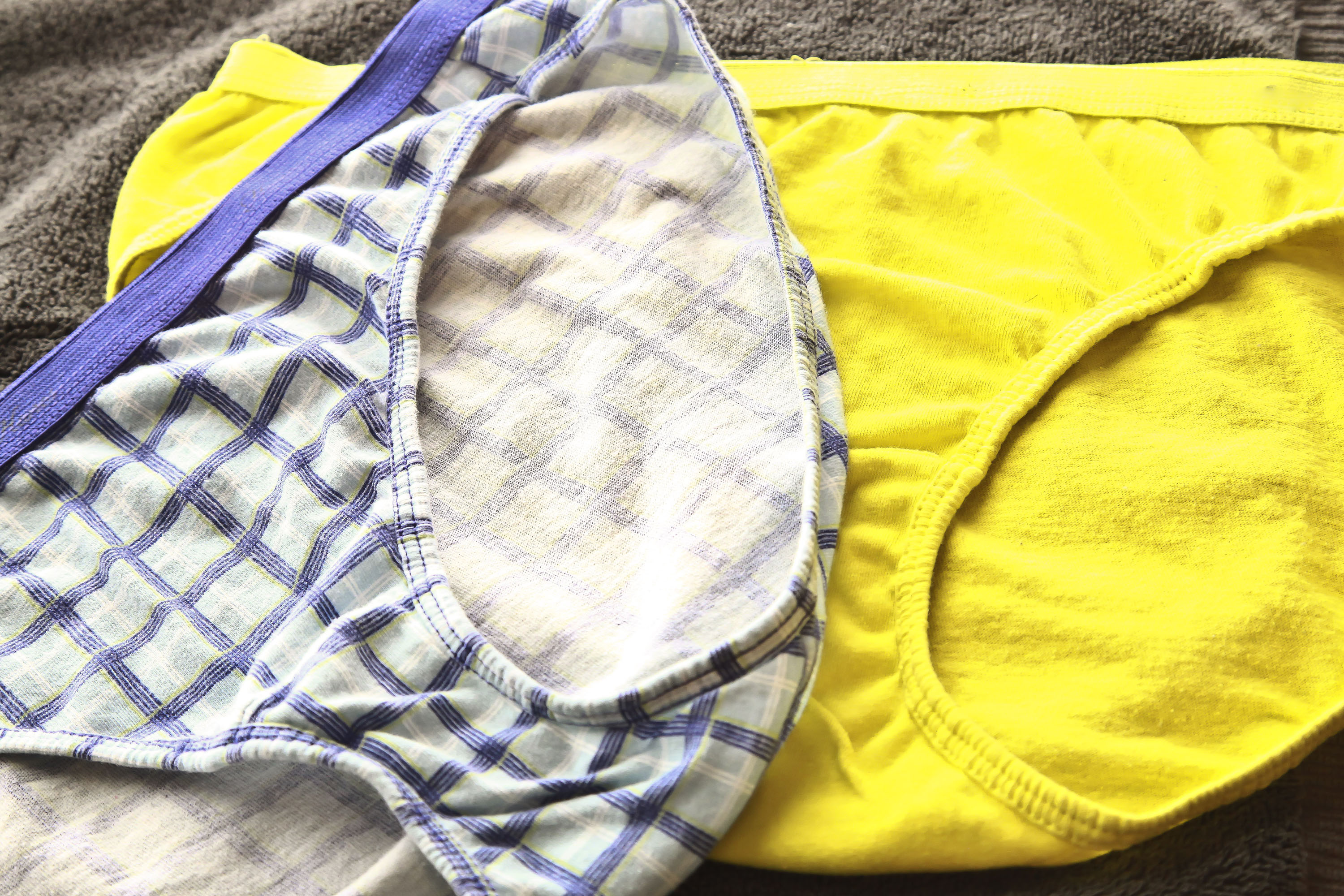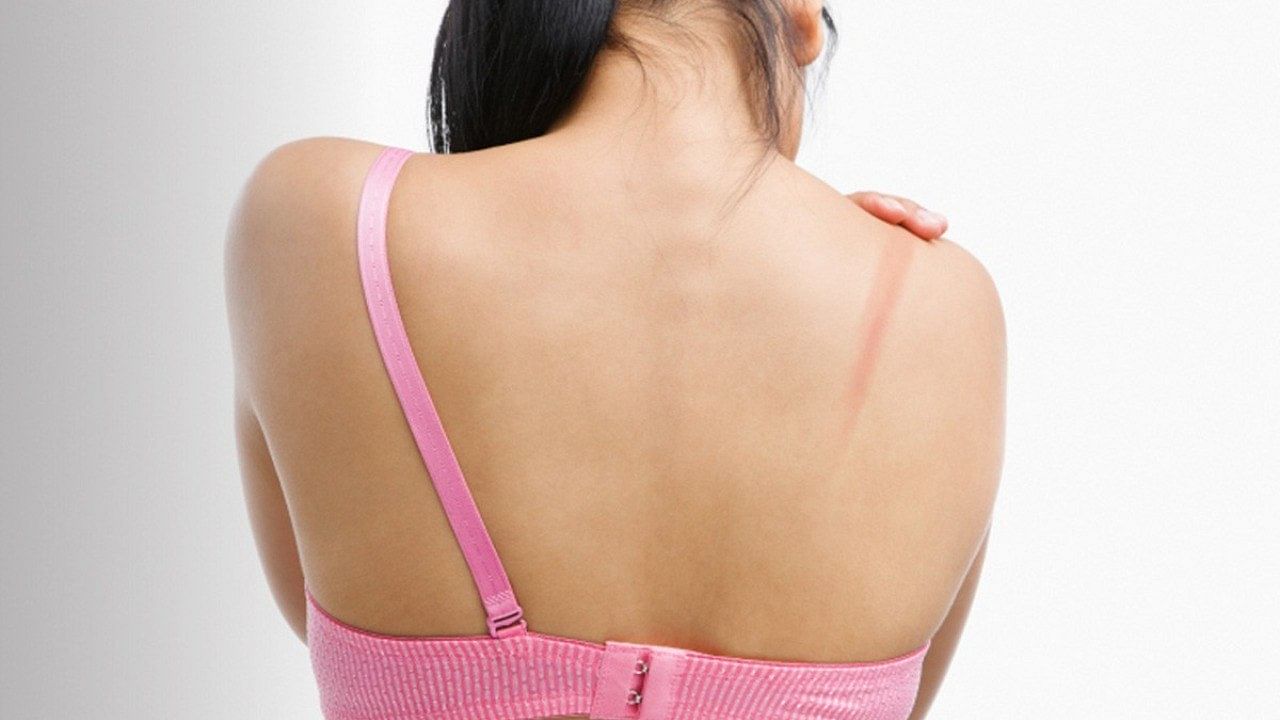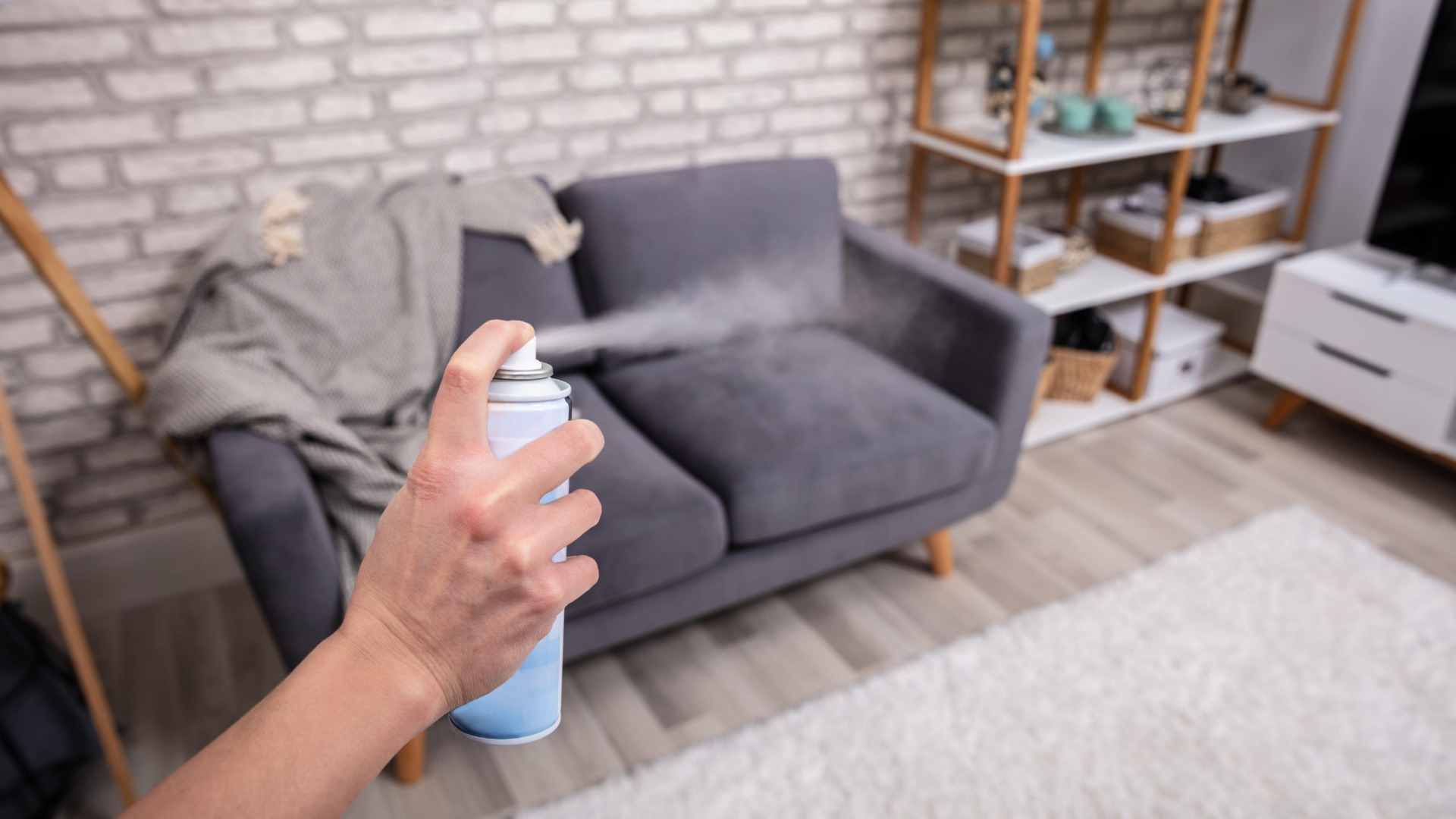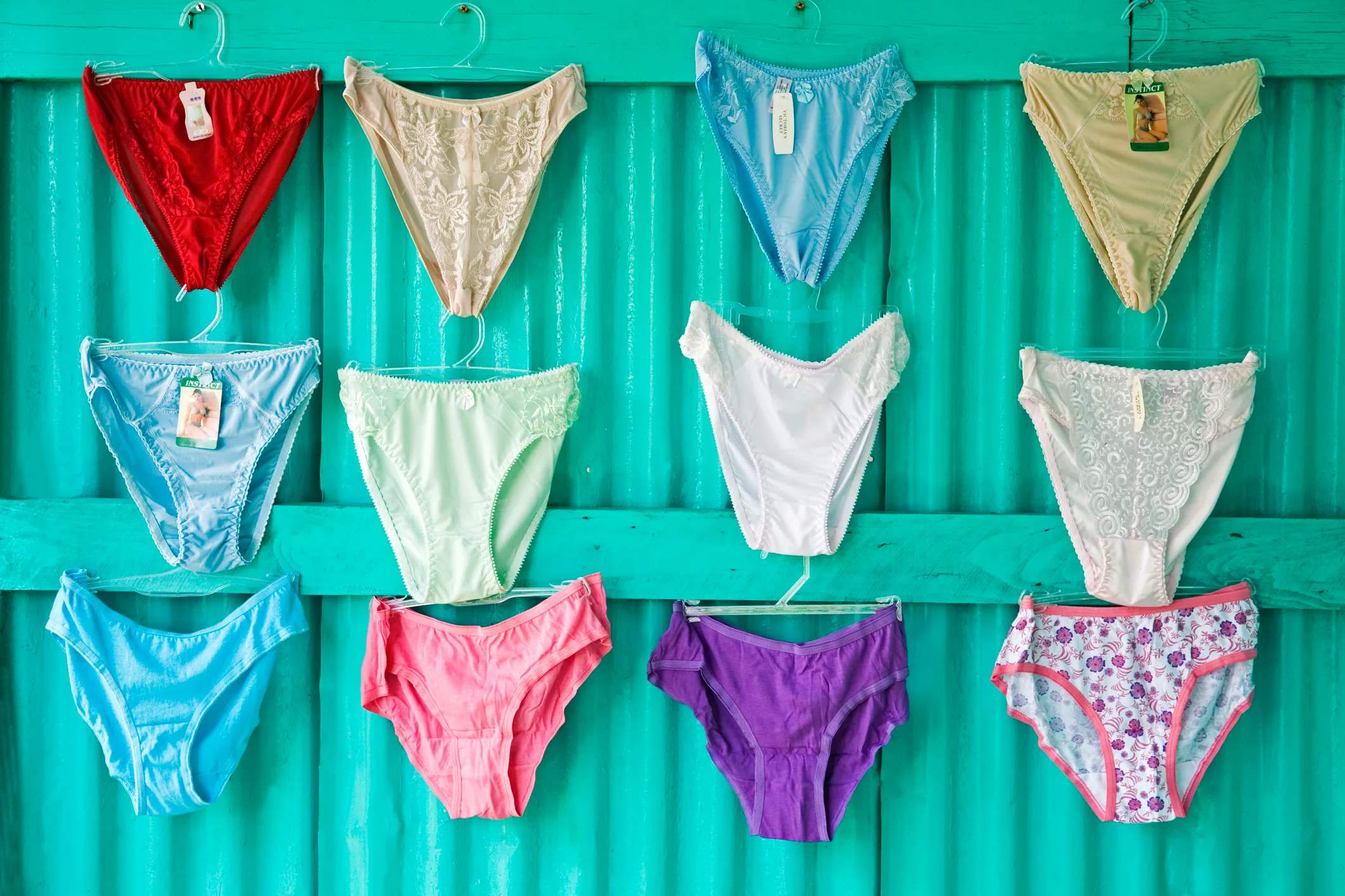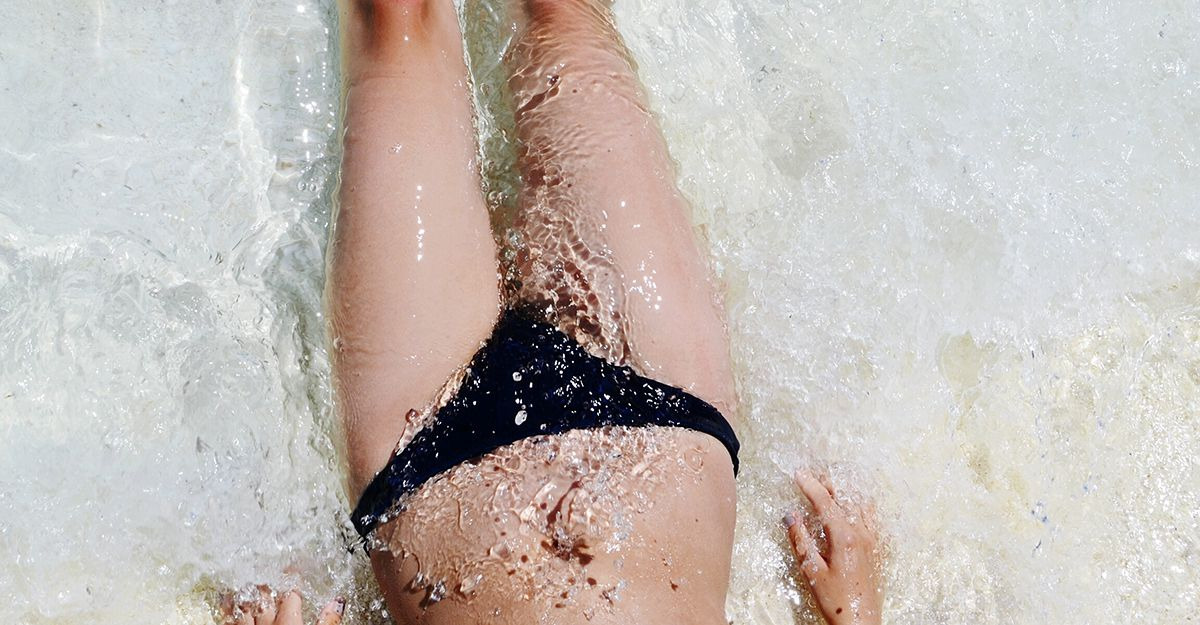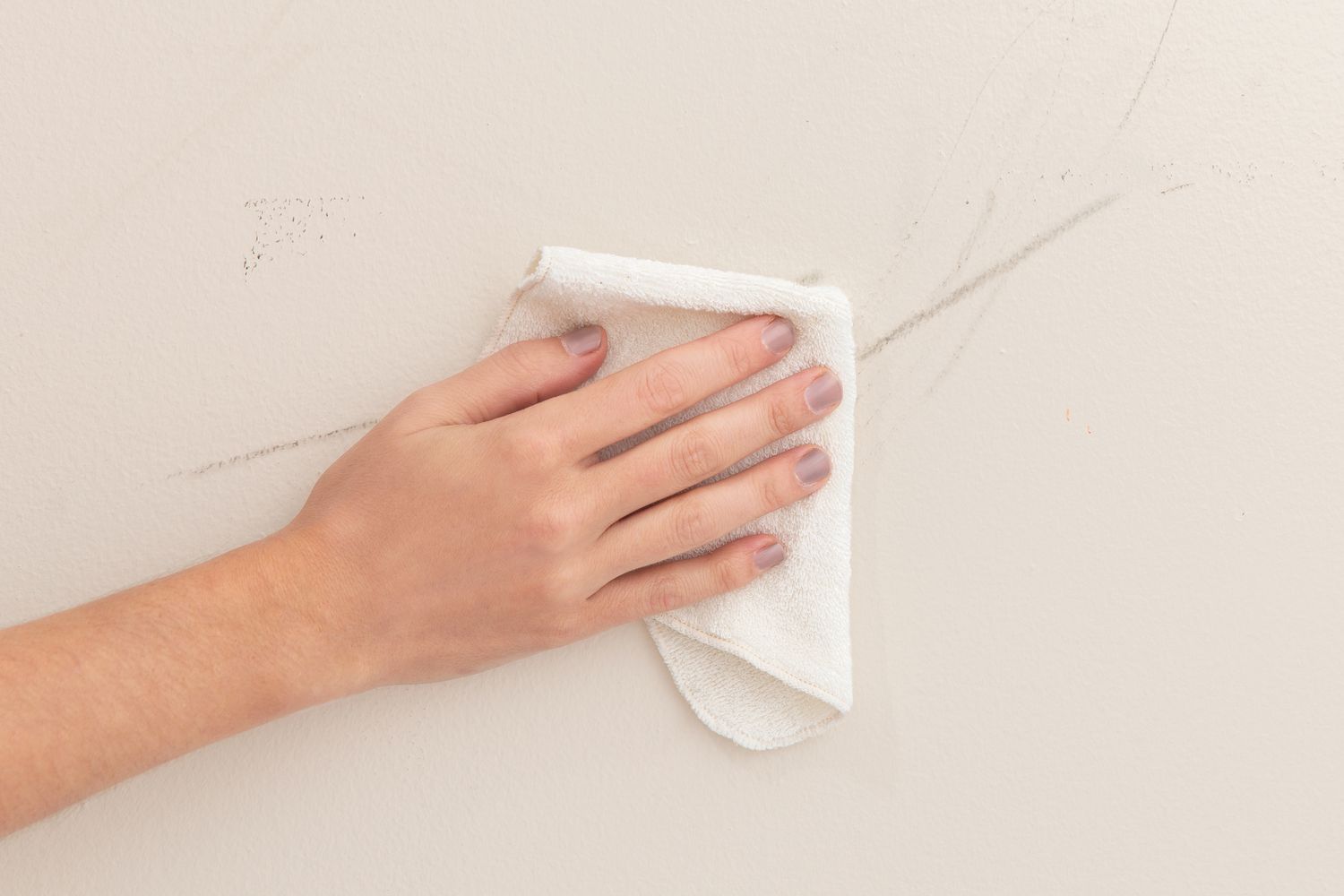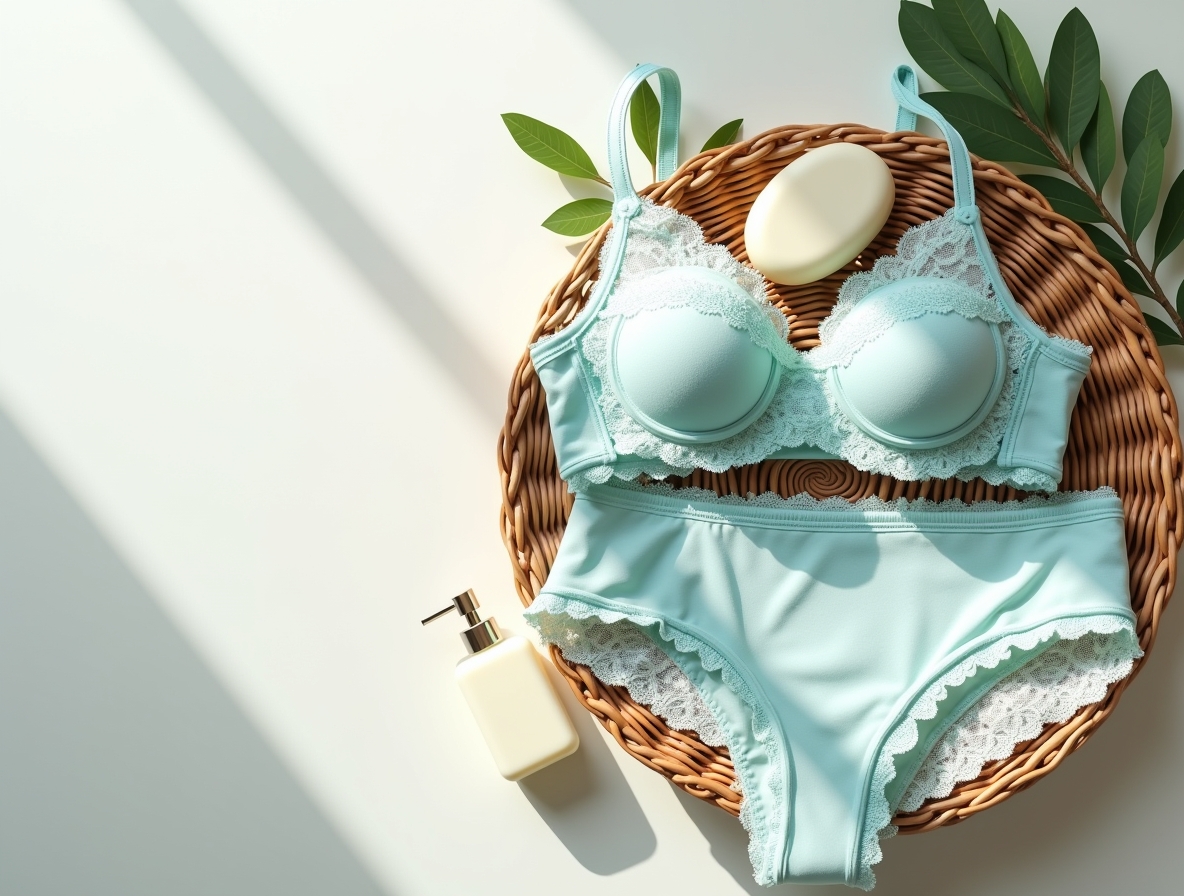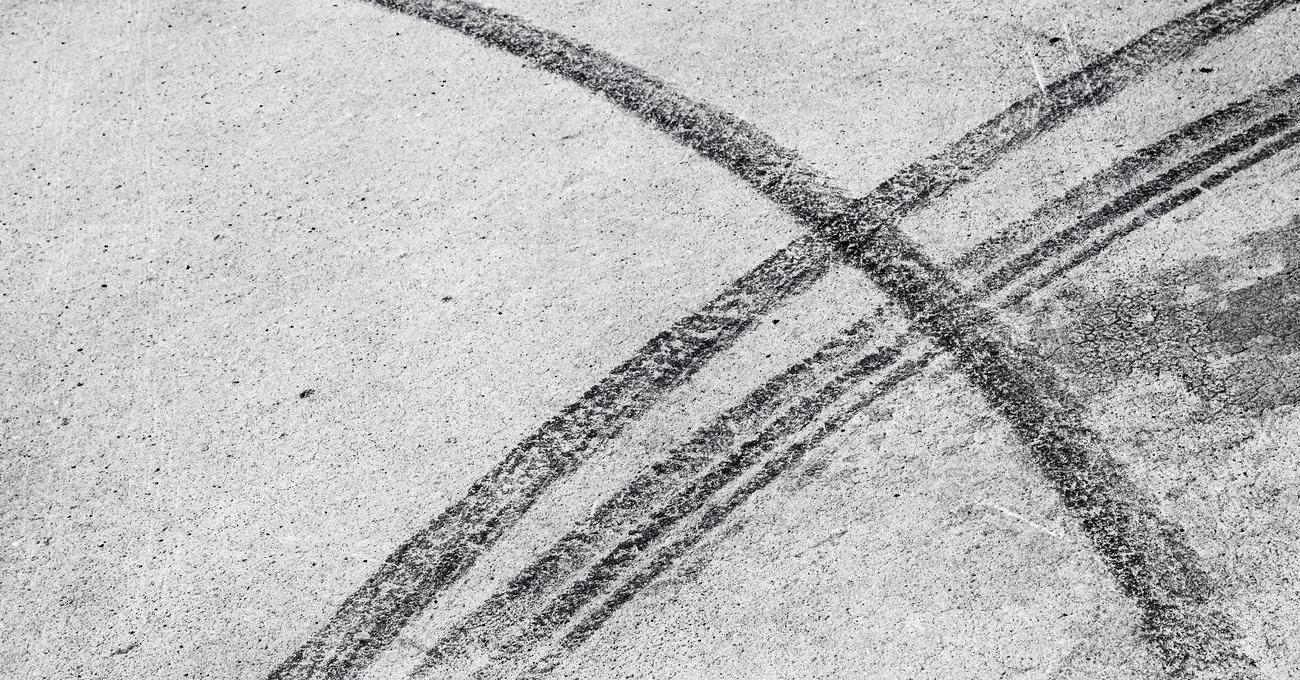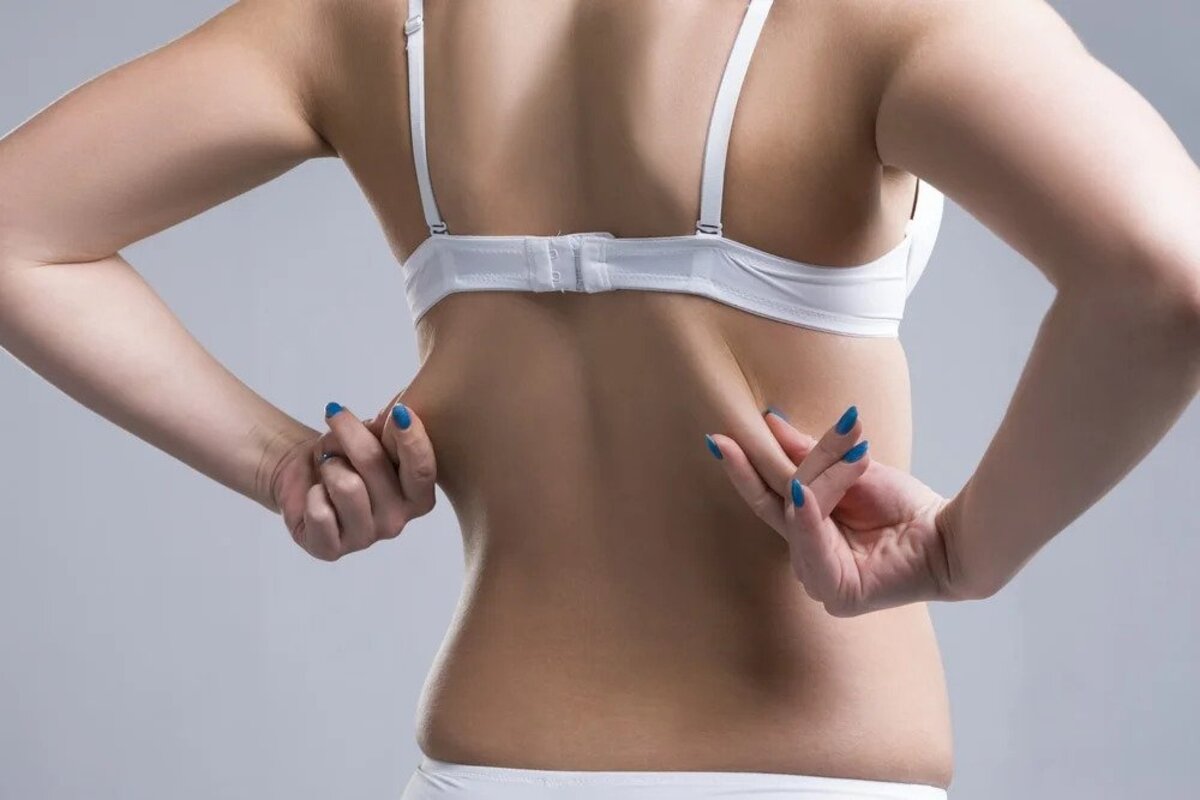Home>How-to Guides>For Women>How To Get Rid Of Boils On Bikini Area
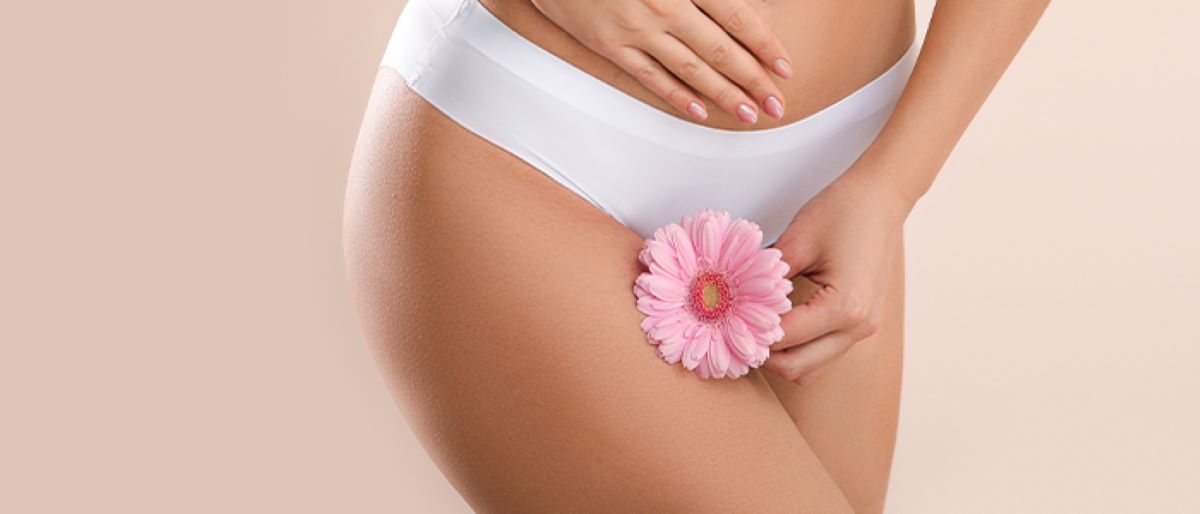

For Women
How To Get Rid Of Boils On Bikini Area
Published: July 31, 2023
Discover effective ways to eliminate pesky boils on your bikini area, specifically tailored for women. Say goodbye to discomfort and hello to a smoother bikini line.
(Many of the links in this article redirect to a specific reviewed product. Your purchase of these products through affiliate links helps to generate commission for Under-tec.com, at no extra cost. Learn more)
Table of Contents
Introduction
Welcome to our comprehensive guide on how to get rid of boils on the bikini area. Boils, also known as furuncles, are painful, pus-filled bumps that occur when hair follicles become infected. While boils can appear on various parts of the body, they can be particularly uncomfortable and embarrassing when they develop in the sensitive bikini area.
Boils can be caused by a variety of factors, including bacteria, poor hygiene, weakened immune system, and ingrown hairs. They can range in size from small red bumps to larger, more painful abscesses. Regardless of their size, boils in the bikini area can cause significant discomfort and even affect your self-confidence. Therefore, it’s crucial to understand how to prevent them from recurring and treat them effectively when they do appear.
In this guide, we will examine the common causes of boils on the bikini area and provide you with preventive measures to minimize their occurrence. We will also explore natural remedies that can promote healing and alleviate symptoms. Additionally, we will discuss medical treatments that may be necessary in severe cases. Lastly, we will share some tips for faster healing and recovery, as well as when it’s crucial to seek medical attention.
It’s important to note that while we provide valuable information and suggestions, it’s always recommended to consult with a healthcare professional for an accurate diagnosis and personalized treatment plan. However, with the knowledge and strategies shared in this guide, you will be better equipped to manage and prevent boils on the bikini area, ultimately improving your overall well-being and confidence.
Understanding Boils
Before diving into the ways to get rid of boils on the bikini area, it’s essential to have a clear understanding of what boils are and how they develop. Boils, medically known as furuncles, are localized bacterial infections that affect the hair follicles and nearby skin tissues.
Boils typically begin as red, tender bumps on the skin, resembling large pimples. As the infection progresses, a pocket of pus forms at the center of the bump, causing it to become more painful and swollen. Eventually, the boil may rupture and drain, or it may develop a head-like appearance.
Boils are commonly caused by the bacteria Staphylococcus aureus, which enters the skin through cuts, breaks, or hair follicles. This bacterium is often found on the skin surface and can multiply rapidly under certain conditions, leading to an infection.
While anyone can develop boils, there are certain risk factors that can increase the likelihood of their occurrence. Individuals with weakened immune systems, such as those with diabetes or HIV/AIDS, are more susceptible to developing boils. Poor hygiene practices, tight clothing, excessive sweating, and friction from shaving or waxing can also contribute to the development of boils on the bikini area.
It’s important to note that boils are highly contagious. Direct contact with an infected boil or with objects that have been in contact with the boil, such as clothing or towels, can lead to the spread of the infection to other parts of the body or to other individuals.
Now that we have a better understanding of what boils are and how they develop, let’s explore the common causes of boils on the bikini area and discuss preventive measures to minimize their occurrence.
Common Causes of Boils on the Bikini Area
Boils on the bikini area can be caused by a variety of factors, ranging from hygiene practices to underlying medical conditions. Understanding these causes is key to preventing future occurrences and effectively treating existing boils. Here are some common causes to be aware of:
- Bacterial infection: The most common cause of boils is a bacterial infection, typically caused by the Staphylococcus aureus bacteria. This bacterium resides on the surface of the skin and can enter the hair follicles, leading to infection and the formation of boils. Poor hygiene practices and inadequate cleaning of the bikini area can contribute to the growth and spread of these bacteria.
- Ingrown hairs: Ingrown hairs occur when hair follicles become blocked or grow back into the skin instead of growing out of it. This can cause irritation and inflammation, making the area more susceptible to infections and the development of boils. Shaving or waxing the bikini area can increase the risk of ingrown hairs, especially if proper techniques and post-care measures are not followed.
- Poor ventilation: Wearing tight-fitting underwear or clothing that doesn’t allow proper ventilation can create a warm, moist environment that promotes the growth of bacteria. This can lead to sweat and oil buildup, clogged pores, and ultimately, the formation of boils.
- Friction: Friction from clothing, particularly tight-fitting or synthetic materials, can irritate the skin and cause small breaks or micro-tears. These openings provide an entry point for bacteria, leading to infection and the development of boils.
- Weakened immune system: Individuals with weakened immune systems are more susceptible to developing boils. Conditions such as diabetes, HIV/AIDS, and autoimmune disorders can impair the body’s ability to fight off infections, making the bikini area more vulnerable to bacterial growth and the formation of boils.
By understanding these common causes, you can take proactive steps to prevent boils on the bikini area. In the next section, we will explore preventive measures that can help minimize the occurrence of boils.
Preventive Measures for Boils on the Bikini Area
Preventing boils on the bikini area involves adopting good hygiene practices, taking care while grooming, and implementing measures to maintain healthy skin. By following these preventive measures, you can significantly minimize the occurrence of boils. Here are some key tips to consider:
- Maintain good hygiene: Keep the bikini area clean by washing it regularly with a mild, fragrance-free cleanser. Avoid using harsh soaps or cleansers that can strip the skin of its natural oils and cause dryness. After washing, thoroughly dry the area to prevent moisture buildup, which can contribute to bacterial growth.
- Wear loose-fitting, breathable clothing: Opt for underwear and clothing made from natural, breathable fabrics such as cotton. Tight-fitting or synthetic materials can trap sweat, leading to increased moisture and bacterial buildup. Loose-fitting clothing allows for better air circulation, reducing the risk of infection.
- Practice safe grooming: When shaving or waxing the bikini area, take precautions to minimize the risk of ingrown hairs. Use a clean, sharp razor and go in the direction of hair growth to avoid irritation. If waxing, ensure that the salon follows proper hygiene practices and uses sterilized equipment.
- Avoid sharing personal items: To prevent the spread of bacteria and reduce the risk of infection, avoid sharing personal items such as towels, razors, or clothing, especially if you have an active boil. Additionally, ensure that these items are washed and cleaned regularly.
- Strengthen your immune system: A healthy immune system plays a crucial role in preventing and fighting infections. Maintain a balanced diet, exercise regularly, get sufficient sleep, manage stress levels, and consider taking immune-boosting supplements or vitamins, under the guidance of a healthcare professional, if necessary.
- Spot and treat early signs of infection: Pay attention to any redness, tenderness, or small bumps in the bikini area. By recognizing the early signs of infection, such as the formation of a boil, you can seek timely treatment and prevent it from worsening or spreading.
By incorporating these preventive measures into your daily routine, you can significantly reduce the likelihood of developing boils on the bikini area. However, if despite your best efforts, you still experience boils, it’s important to know how to effectively treat them. In the next section, we will explore natural remedies that can help alleviate symptoms and promote healing.
Natural Remedies to Get Rid of Boils on the Bikini Area
When it comes to treating boils on the bikini area, natural remedies can offer effective relief and promote healing. While these remedies may not replace medical treatments in severe cases, they can help alleviate symptoms and support the body’s natural healing process. Here are some natural remedies to consider:
- Warm compress: Applying a warm compress can help alleviate pain, reduce inflammation, and promote the drainage of the boil. Soak a clean washcloth in warm water and gently press it against the affected area for 10-15 minutes, several times a day.
- Epsom salt bath: Dissolving Epsom salt in warm water and taking a bath can provide soothing relief for boils. Epsom salt has antimicrobial properties and can help draw out the pus from the boil. Add a cup of Epsom salt to your bathwater and soak for 15-20 minutes.
- Tea tree oil: Known for its antibacterial and anti-inflammatory properties, tea tree oil can help treat boils on the bikini area. Dilute a few drops of tea tree oil in a carrier oil, such as coconut or olive oil, and apply it to the affected area several times a day.
- Garlic: Garlic has natural antimicrobial properties that can help fight the infection causing the boil. Crush a garlic clove and apply the juice directly to the boil. Cover it with a clean bandage and leave it overnight. Repeat this process daily until the boil starts to heal.
- Turmeric: Turmeric contains curcumin, which has both antibacterial and anti-inflammatory properties. Make a paste by mixing turmeric powder with water, and apply it to the boil. Cover it with a clean cloth or bandage. Leave it on for a few hours before rinsing it off. Repeat this process daily.
- Aloe vera gel: Aloe vera has soothing and healing properties that can help reduce the pain and inflammation associated with boils. Apply fresh aloe vera gel directly to the boil and let it sit for 30 minutes before rinsing it off. Repeat this process several times a day.
It’s important to note that these natural remedies may not be suitable for everyone, and individual results can vary. If your boil is severe, persists for more than a week, or is accompanied by symptoms such as fever, seek medical attention. In the next section, we will explore medical treatments that can be used for boils on the bikini area.
Medical Treatments for Boils on the Bikini Area
In some cases, natural remedies may not be sufficient to treat boils on the bikini area. In such instances, medical treatments can provide the necessary intervention to promote healing and prevent complications. It’s important to consult with a healthcare professional to determine the most appropriate treatment options for your specific situation. Here are some common medical treatments for boils:
- Incision and drainage: In cases where the boil is large, painful, or not healing on its own, a healthcare professional may perform an incision and drainage procedure. This involves making a small cut to allow the pus to drain out, relieving pain and promoting faster healing. The area is then cleaned and dressed.
- Antibiotics: If the boil is severe, recurrent, or accompanied by signs of infection, oral or topical antibiotics may be prescribed. These medications help eliminate the underlying bacterial infection and prevent its spread to other areas.
- Antiseptic ointments: Topical antiseptic ointments, such as povidone-iodine or hydrogen peroxide, may be recommended to cleanse the affected area and prevent further infection. Follow the instructions provided by your healthcare professional for proper application.
- Corticosteroid injections: In some cases, a healthcare professional may administer corticosteroid injections to reduce inflammation and promote faster healing. This treatment is typically reserved for large or stubborn boils.
- Immune-boosting medications: If you have recurrent or severe boils, your healthcare professional may recommend immune-boosting medications or suggest addressing any underlying medical conditions that may be compromising your immune system.
It’s important to closely follow the instructions provided by your healthcare professional when undergoing medical treatments for boils. If the boil does not heal within a reasonable time frame or if you experience worsening symptoms, seek prompt medical attention. In the next section, we will share some tips to promote faster healing and recovery from boils on the bikini area.
Tips for Faster Healing and Recovery
While treating boils on the bikini area, there are several tips you can follow to promote faster healing and enhance your recovery process. These tips can help alleviate discomfort, prevent further complications, and support the body’s natural healing mechanisms. Here are some helpful suggestions:
- Keep the area clean: Maintaining good hygiene is essential for faster healing. Cleanse the affected area gently with mild soap and warm water. Avoid scrubbing or rubbing the boil, as it can worsen inflammation or rupture the boil prematurely.
- Avoid popping or squeezing: It can be tempting to pop or squeeze a boil, especially when it becomes painful. However, this can lead to further infection, scarring, and delay healing. Allow the boil to drain naturally or seek medical assistance for a safe incision and drainage procedure.
- Apply warm compresses: Continuing to apply warm compresses to the boil can help improve blood circulation, reduce pain, and promote faster healing. Remember to use a clean, warm compress and apply it for 10-15 minutes several times a day.
- Wear loose-fitting clothing: Opt for loose-fitting clothing made from breathable fabrics to minimize friction and irritation. Tight clothing can increase discomfort and hinder the healing process by trapping sweat and bacteria around the affected area.
- Take over-the-counter pain relievers: Non-prescription pain relievers such as acetaminophen or ibuprofen can help alleviate pain and reduce inflammation associated with boils. Follow the instructions provided on the packaging or consult with a pharmacist or healthcare professional for proper dosage.
- Monitor for signs of infection: Keep a close eye on the boil for any signs of worsening infection, such as increasing redness, swelling, or pus. If you notice these signs or develop a fever, seek medical attention immediately.
- Boost your immune system: Supporting your immune system can aid in faster healing. Eat a balanced diet rich in vitamins and minerals, stay hydrated, exercise regularly, manage stress levels, and get enough sleep.
- Follow medical advice: If you are undergoing medical treatments for your boil, ensure that you follow your healthcare professional’s instructions. Take prescribed medications as directed and attend any follow-up appointments.
By following these tips, you can enhance your healing process and recovery from boils on the bikini area. If you are unsure about any aspect of your treatment or have concerns, don’t hesitate to reach out to your healthcare professional for guidance and support.
When to Seek Medical Attention
In most cases, boils on the bikini area can be effectively managed with home remedies and self-care measures. However, there are certain circumstances when it is crucial to seek medical attention. By recognizing these situations, you can ensure timely intervention and prevent complications. Here are some indicators for when to seek medical attention for boils on the bikini area:
- Severe pain or discomfort: If the pain associated with the boil becomes unbearable or significantly hinders your daily activities, it is essential to consult with a healthcare professional. They can assess the severity of the infection and provide appropriate pain management options.
- Large or expanding boils: Boils that are larger than half an inch in diameter or continue to increase in size warrant medical attention. These boils may require incision and drainage to alleviate pain and promote healing.
- High fever: If you develop a fever along with a boil or experience flu-like symptoms, it may indicate a more severe infection. Seek immediate medical attention, as a high fever can be a sign of a spreading infection that requires prompt treatment.
- Signs of spreading infection: If the area around the boil becomes increasingly red, swollen, or warm, it may indicate a spreading infection. Additionally, if you notice red streaks extending from the boil or experience lymph node swelling, consult with a healthcare professional immediately.
- Recurrent boils: If you have a history of recurring boils on the bikini area or elsewhere on the body, it is important to discuss this with a healthcare professional. They can evaluate potential underlying causes and offer appropriate treatment options to prevent further recurrences.
- Immunocompromised condition: If you have a weakened immune system due to a medical condition or medication, it is advisable to seek medical attention for any boils that develop. Individuals with compromised immune systems are more susceptible to serious infections and may require closer monitoring and specialized care.
Remember, every individual and situation is unique, so it’s always best to consult with a healthcare professional if you have any concerns or questions about boils on the bikini area. They can provide a proper diagnosis, recommend suitable treatments, and ensure your wellbeing.
Conclusion
Dealing with boils on the bikini area can be uncomfortable and frustrating, but with the right knowledge and preventive measures, you can minimize their occurrence and effectively treat them when they do appear. By maintaining good hygiene practices, wearing comfortable clothing, and practicing safe grooming techniques, you can significantly reduce the risk of developing boils on the bikini area.
In cases where boils do occur, natural remedies such as warm compresses, Epsom salt baths, tea tree oil, garlic, turmeric, and aloe vera can provide relief and promote healing. However, it’s important to recognize when medical intervention is necessary. Severe pain, large boils, high fever, spreading infections, recurrent boils, and immunocompromised conditions are all signs that you should seek medical attention.
Remember to consult with a healthcare professional for an accurate diagnosis and personalized treatment plan. They can provide you with the appropriate medical treatments such as incision and drainage, antibiotics, antiseptic ointments, corticosteroid injections, or immune-boosting medications.
By following tips for faster healing and recovery, such as keeping the area clean, avoiding popping or squeezing, applying warm compresses, wearing loose-fitting clothing, taking over-the-counter pain relievers, and boosting your immune system, you can further support your body’s natural healing process.
Overall, it’s essential to prioritize your health and wellbeing. With proper care, attention, and guidance, you can effectively manage and prevent boils on the bikini area, improving your quality of life and restoring your confidence.

